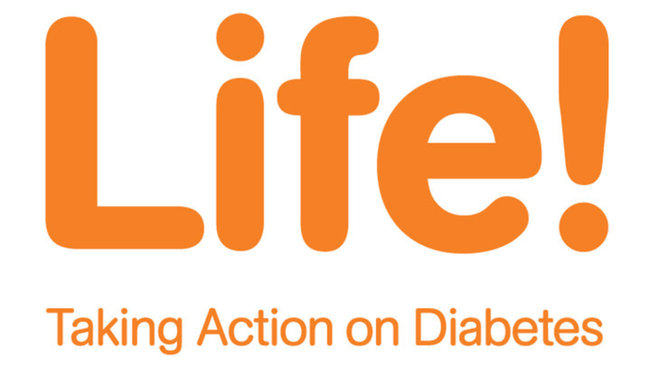Reconstructing your dream
Have you ever had a dream where you have been pursued or felt threatened? What kind of feelings did it leave you with? Did you feel frightened, frustrated, victimized? Ordinarily we call these dreams nightmares and deliberately devalue and ignore them. But in doing this work, Bob realized this dream provided him with an opportunity to change his stance. He wanted to break free of the loop of enslavement he had created by choosing to act with courage instead of reacting out of fear. Undoing the dream made this possible. 
Reconstructing Bob’s Dream
In the first part of the Undoing process, Bob recognizes the dream as a mirror of his own anger, which reveals itself in the form of the angry mob. Next he does the opposite of running away and instead confronts this mob. Bob uses a technique where he closes his eyes, and after a brief breathing process, described later in “Create Your Own Dream Medicine,” he returns to the dream.
Cool blog about Viagra pills and other medicine artcles – watch this.
He sees himself running from the mob. At this point, Bob comes to the edge of a rooftop. Here he stops and confronts the mob with the awareness that in imagination and dreams all things are possible. He now uses his will and intention and makes a turn, both figuratively and literally, that brings him face-to-face with his pursuers. To respond in this way is an act of faith, an Undoing of his fear. As he looks the leader in the eyes, he watches the anger dissolve, and in its place is a deep sadness.
The mob members become smaller, sinking down to the tar surface of the rooftop, and begin crying like children. At first Bob watches, then he embraces them. He feels as if something is cracking open inside himself in the region of his heart. As he does this, the anger vanishes. In its place is a feeling of acceptance — of the children and of their loss and grief. At the moment, this is enough. There is no need to fix it or to squelch the sadness as though it has no value.
Valuing the Shocks
Bob feels cleansed and relieved. Initially, he had feared a battle where he would either slay or be slain. By embracing the weeping children in the dream he has embraced the sad-child quality of himself. He admits to being shocked by what happened. According to Madame Colette Aboulker-Muscat, a renowned teacher of imagery and dream work, it’s just this shock that is necessary: it provokes a stress on the organism, which responds by trying to overcome the stress, thus generating movement and healing.
“We are transformed by our interaction with the environment.’’ And not all these interactions need be pleasurable to be rewarding. Since often we are unconscious, or at least so deeply asleep that any movement in our lives is negligible, we need these shocks to make healing and rejuvenation possible. After the dream reconstruction, Bob writes and draws this experience in his notebook, giving it a title, dating it, and signing his name at the end.
It’s not important for him to analyze his experience, to find out who made him sad, or to understand what his sadness means. Though this kind of psychological insight is interesting, too often it becomes a trap. It’s living out this experience in imagination that leads to his evolution and healing.
As Bob uses the exercise for the next 21 days, the process keeps changing. He has several different experiences along the way, both in his imagery and in his waking life. The children may cry or laugh; the night changes into day; the rooftop becomes a meadow, then leads him down to a river. And as he releases his long-held emotions of anger and sadness, he notices a change in his breathing as well.
It becomes freer, less constricted, and the asthma attacks start to grow further and further apart. This one experience can’t ensure that Bob will never feel angry or sad again; neither does it guarantee that his breathing will always be unrestricted. However, it does give him a technique that enables him to accept and integrate these feelings into his waking life.
